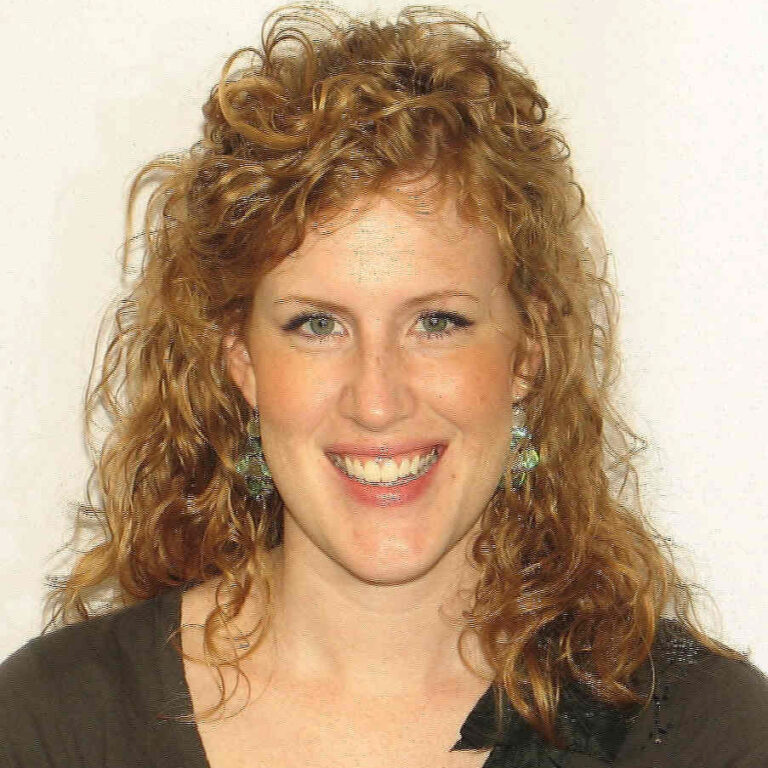It has taken me time to remember I have two ears to listen, and just one mouth. My daughter asked me what the word “verbose” meant, and I laughed and pointed at myself. Too many report cards mentioned that I did TOO MUCH TALKING in school.
But on a night in late December, I remembered and practiced the art of listening. It was a cold night, and a picturesque night: there were large beautiful snowflakes slowly drifting downward as we stood around a large fire. The night was cold, but the fire warmed us. We listened to the Dakota people tell their stories. Stories of their families, stories of the ride, stories of their ancestors, stories of the land. He sang for us, and told more stories about the animals and his family. Truthfully, I loved listening to the stories and didn’t feel the need to talk.
On December 26th of 1862, by order of President Abraham Lincoln, the US government hung 38 Dakota in the largest mass execution in US history. It took place in Mankato, MN, as a result of the so-called Sioux Uprising. The Dakota negotiated the loss of most of their land to the US government to accommodate settlers in the area of southwest Minnesota, in exchange for provisions. They were not able to leave the reservation to hunt buffalo, so they became reliant on the US government. The agent in charge, Andrew Myrick, kept the provisions that belonged to the Dakota and requested payment for the provisions, a violation of the treaty. The Dakota were starving, and Myrick famously responded, “let them eat grass.” The Dakota left the reservation, looking for food, and attacked surrounding settlers. The ensuing conflict, the Sioux Uprising, resulted in hundreds dead on both sides, though the actual number of dead Dakota is unknown. Myrick was found dead, with his mouth stuffed full of grass. Colonel Henry Sibley eventually defeated the warriors in September of 1862. By the end of November, a military tribunal convicted 303 Dakota of rape and murder and sentenced them to death. The Dakota had no legal representation or explanation of the proceedings. President Lincoln upheld the convictions of 38 of the Dakota and commuted the death sentences of the others. And on December 26, 1862, they were all hanged.
A number of years ago, the Dakota left their reservations in South Dakota to journey on horseback to Mankato, MN, to commemorate the hangings on December 26. It is winter in the Midwest, and the ride is not easy. The riders stop at various locations on their way to Mankato, and I had an opportunity to join them at one of their stops.
It is a ride of reconciliation, a ride of forgiveness, a ride to remember.
For me, it was an opportunity to listen.
For more on the ride and the Dakota perspective on the hangings and uprising, see the documentary, Dakota 38 (available for free viewing): https://www.smoothfeather.com/dakota38
Photo by Joshua Newton on Unsplash


2 Responses
Thanks for this, Rebecca.
Rebecca, I am filled with feelings that are mixed. Mixed because of the respect you show the Dakota but also feeling the deep loss that the Dakotas felt with the assaults of the invader of their land.
Thank you.